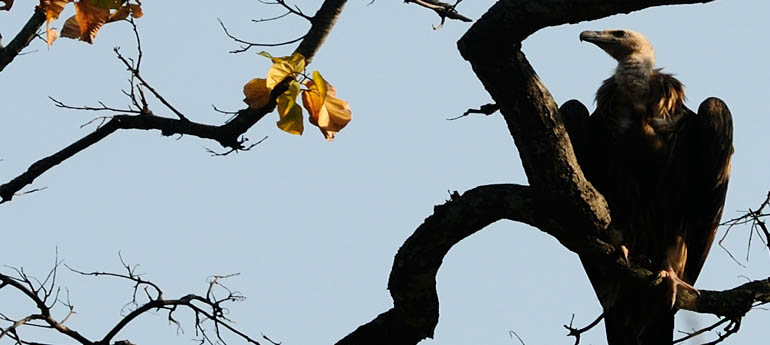Best Bird Watching Destinations in Corbett
Nainital-meaning ‘the lake of the eye’- opens the way to Corbett National Park and its mystical eco-adventure landscapes. The park provides the perfect setting to enjoy the many wonders that it has to offer – a series of big rides, self-catering lodges, sights of animals and the sudden hum coming out from the wood. If you are thinking that it’s again going to be a tiger or any other wild animal then you are wrong!! This time it is the colourful glimpse of birds busy in their activities and the lull of their chirps. Though this sound is not as loud as the roars of the big cats, still the magnetism of the sound will definitely make you a bird lover. Birding in Corbett National Park, also known as Corbett Tiger Reserve is one of the most favourite activities to do and enjoy.
Lying amid the Indo-Gangetic plains and the foothills of Garhwal Himalayan ranges, Corbett National Park is a heaven for bird lovers. Its dense Sal forests, grasslands and hilly vegetation provide the perfect habitat for numerous species of birds. From lesser known regional varieties to long-distance migrants, these colourful chirping creatures are one of the major attractions of the park.

With over 600 bird species in its 520 square km of core area, Corbett bird watching tour is as amazing as a wildlife expedition. Dove, chat, robin, finch, eagle, hornbill, beef eater, babbler and kingfisher are some of the common birds that visitors can spot easily in the lush vegetation of the park. Luckily, you can also catch sights of some endangered and rare species like White Stork, Black-Crowned Night Heron, Cinnamon Bittern, Cattle Egret and Great White Pelican. If you visit Corbett reserve during winters, then you might even spot a wide range of sub-Himalayan and migratory flying creatures too as the period from November to March is considered to be the best time to enjoy bird watching at Corbett.
Other Activities to enjoy in Corbett
Jim Corbett National Park offers a lot more than birding. Known as a leading conservation site, and established under Indian government’s “Project Tiger” initiative, the park is the main destination for tiger tourism in India. It features four distinct zones where tourists can even stay at the lodges making their trip to Corbett more relaxing. Along with Big Cat, other animals that fill the enormity of this wild habitat with their uproars and movements are the Asian elephant, chital, barking deer, common Indian monkey, wild boar, Himalayan goral, jackal and otter. Jeep and elephant safaris are the popular safaris one can avail within the reserve while Canter safaris run only in Dhikala Zone, the main tourist zone of Corbett.
Safari Zones of Corbett National Park
Dhikala Zone: It is the main tourist area in Corbett and is blessed with Mother Nature in its full bloom. In between the rippling Ramganga River and its two large grasslands (Phulai chaur and Dhikala chaur), tourists can enjoy watching various avian species like vulture, kingfisher, woodpecker, seagull and jungle fowl as well as animals.
Jhirna Zone: Accessible to jeep safaris, Jhirna Zone is a round-the-year tourist area within the precincts of Corbett. Because of its rich bamboo wealth, the zone is a big favourite among bird watchers and those who have keen interest in reptilian world.
Bijrani Zone: Cross the buffer zone of the park to reach this area, lying just 2 km away from Ramnagar. Though the zone is opened only for a certain period every year, yetit is quite popular among wildlife lovers. Its dense Sal forest on the upper reaches and tropical moist and deciduous vegetation in the lower reaches along with continuous water availability provide excellent habitat to a wide range of birds as well as big cats.
Durga Devi Zone: Situated on the north-eastern periphery of Corbett, Durga Devi Zone is basically a virgin area and thus provides wonderful opportunities for birding in Corbett. Maroon orile, black chinned yuhina, little forktail, bar tailed tree creeper and grey headed fishing eagle are some of the bird species that can be spotted in the area along with elephants and wild cats.